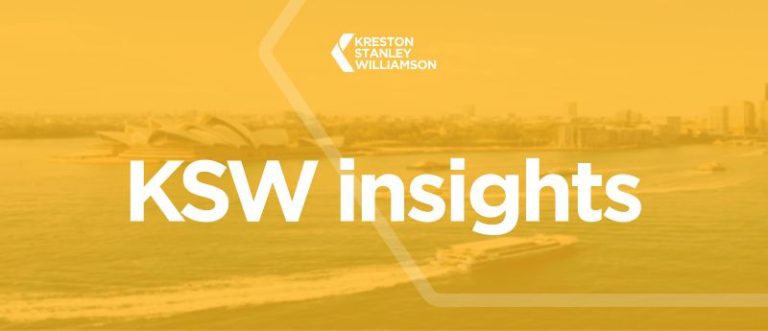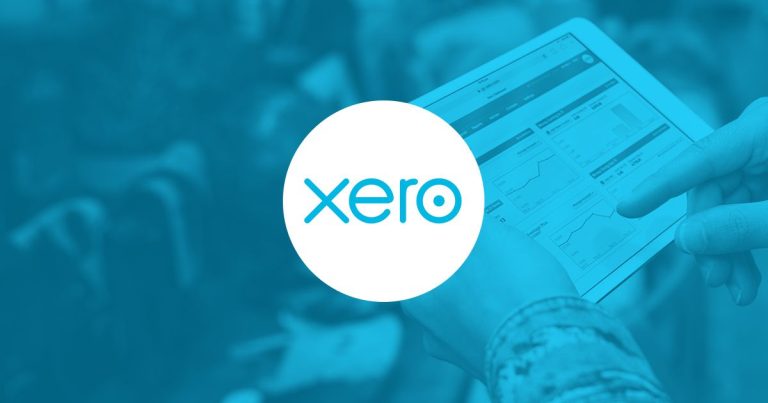Several key super changes which may impact your ability to contribute to your SMSF, are set to take effect from 1 July 2022. These changes create opportunities for all SMSF members, young and old, to grow their retirement savings.
What are the changes?
Originally announced in the 2021 Federal Budget, the following changes apply from 1 July 2022:
- Individuals up to the age of 74, will no longer need to meet a work test to make voluntary, non-deductible, contributions.
- Individuals up to the age of 75, with a total super balance under $1.7 million, will have the opportunity to make large non-concessional contributions (possibly up to three years’ worth) in a single year.
- The minimum age to make downsizer contributions will reduce to 60, allowing more individuals to use the proceeds from the sale of their home, to fund their retirement.
- The Superannuation Guarantee (SG) rate will increase to 10.5% p.a. for all and the $450 minimum income threshold for SG contributions, will be removed.
How can you benefit from these changes?
The Work Test
Currently, if you are aged 67 to 74, you can only make voluntary contributions to super if you have worked at least 40 hours over 30 consecutive days in the financial year, or you satisfy the recently retired test. The work test must be met prior to contributing.
From 1 July 2022, this work test will only apply to you if you wish to claim a tax deduction for the voluntary contributions you make to your SMSF. If making personal deductible contributions, from 1 July 2022, you will be able to meet the work test at any time in the financial year.
This means that the work test will no longer apply to contributions you make under a salary sacrifice arrangement or for any personal contributions that you don’t claim a tax deduction for, such as non- concessional contributions.
Non-concessional Contribution
Currently, only if you were under the age of 67 on 1 July of the financial year, can you make non-concessional contributions which exceed the annual $110,000 non-concessional contributions cap.
Currently, the bring-forward rules allow you to make up to $330,000 (i.e. three years’ worth of non-concessional contributions), in a single year if your total super balances was under $1.48 million as at 30 June of the previous financial year, or $220,000 if your total super balances was greater than or equal to $1.48 million but less than $1.59 million as at 30 June of the previous financial year.
From 1 July 2022, the cut-off age to access the bring rules will increase to 75. However, the total super balance thresholds referred to apply above, still apply.
This means that if you are 74 on 1 July 2022 and you have a total super balance of less than $1.48m, you may be able to have one last boost to your retirement savings by making a $330,000 non-concessional contribution to your SMSF. The contribution simply must be made, no later than 28 days after the month in which you turn 75.
Downsizer Contributions
Currently, you can only make a downsizer contribution if you are 65 or older at the time of the contribution and have satisfied the other eligibility requirements.
From 1 July 2022, the minimum age will reduce to 60. All other eligibility rules remain unchanged and the maximum amount of downsizer contributions that can be made remains at $300,000 per person or $600,000 per couple.
If you are selling your home and expect to receive the sale proceeds close to the end of this financial year, please contact our office to discuss the timing of a downsizer contribution and the potential to boost other contribution opportunities in 2022-23. For example, if you get the timing right, you may be able to combine a downsizer contribution with the bring forward rules to contribute up to $630,000 to your SMSF, in one year. As a couple this could present a one-off opportunity to boost your retirement savings by $1.26m.
If you have any queries in relation to the above don’t hesitate to contact your client manager.
Author – Anna Wong
*Correct as of 21 June 2022
*Disclaimer – this article has been produced by Kreston Stanley Williamson as a service to its clients and associates. The information contained in the article is of general comment only and is not intended to be advice on any particular matter. Before acting on any areas contained in this article, it is imperative you seek specific advice relating to your particular circumstances. Liability limited by a scheme approved under professional standards legislation.














